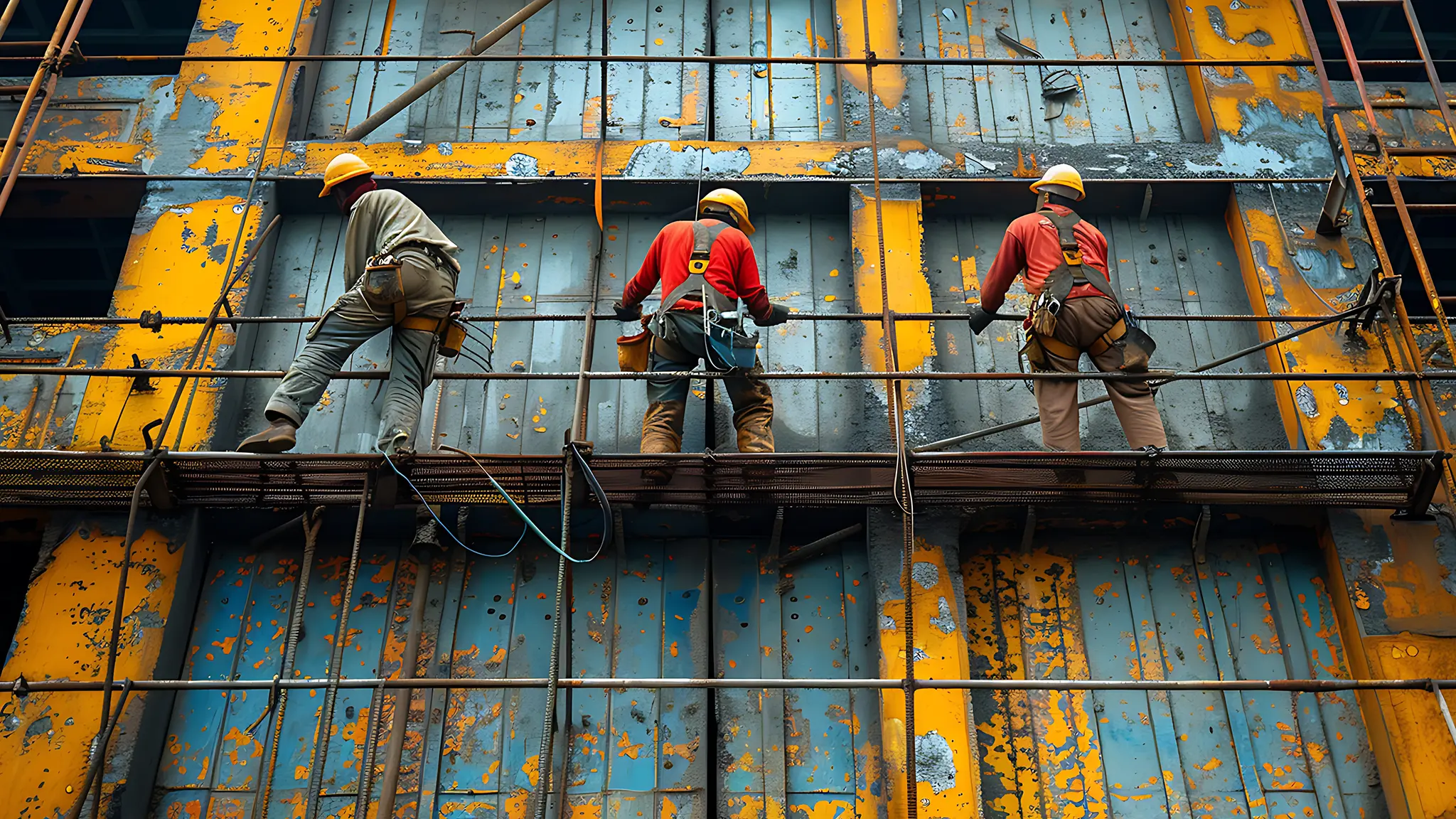The Fundamental Role of Ropes in Work Safety
Working at heights is both exciting and risky. Professionals working in construction, telecommunications, energy and many other industries are found meters above the ground while performing their daily duties. At this point, ropes, which are of critical importance among occupational safety equipment, come into play. As EKSED, we aim to maximize the safety of those working at height with the high-quality lifeline products and accessories we offer.
Why Are Ropes an Indispensable Part of Work Safety?
Ropes are vital safety equipment used to minimize the risk of falling while working at height. A correctly selected and used rope securely fixes workers, preventing falls and preventing possible injuries. In particular, lifelines ensure that ropes are securely attached and employees work safely without restricting their freedom of movement.
Rope Types and Features
Ropes have different properties depending on their intended use. While static ropes are used at fixed points with their low stretching capacity, dynamic ropes provide shock absorption in case of a fall with their high stretching capacity. Both types of rope are used in different occupational safety scenarios, and making the right choice is critical for the safety of employees.
Static Ropes: Static ropes are preferred in situations requiring load carrying and fixing. Thanks to its low stretch rate, it provides a stable stance and thus minimizes mobility during work. It is especially widely used in mountaineering and rescue operations.
Dynamic Ropes: Dynamic ropes absorb energy during a fall with their flexibility. This feature reduces the risk of injury to the falling person. It is used to ensure a safe fall in mountaineering and in jobs requiring work at height.
How to Choose the Right Rope?
Choosing the right rope is a critical element for occupational safety. First, the environment and conditions in which the rope will be used should be considered. The length, thickness and material quality of the rope are among the selection criteria. Additionally, the fact that the rope is certified and tested increases its reliability.
Rope selection is extremely important for work safety. Here are some factors to consider when choosing rope:
- Rope Type: Different rope types are available for different working at height scenarios. For example, while static ropes are ideal for stopping a fall, dynamic ropes offer more flexibility, reducing the impact of the fall.
- Rope Material: There are ropes made of different materials such as nylon, polyester and Dyneema. Each material has its own advantages and disadvantages.
- Rope Diameter: The diameter of the rope determines the amount of load it can carry. The correct diameter should be selected, taking into account the weight of the workers and other equipment to be used.
- Certificates: Ropes produced and certified in accordance with occupational safety standards should be preferred.
Correct Use of Ropes
- Material and Durability: Ropes are generally made of materials such as nylon, polyester and polypropylene. Nylon ropes offer high stretch and impact resistance. Polyester ropes are resistant to UV rays and chemicals. Polypropylene ropes are preferred in water sports due to their light and buoyant properties.
- Rope Care and Storage: Regular maintenance and correct storage are important for the ropes to be long-lasting and reliable. Ropes should be stored in a dry and cool place when not in use. Moisture and direct sunlight can damage the structure of the rope. It should also be checked regularly before and after use and replaced in case of any wear or damage.
Inspection and Maintenance Tips
Before using the ropes, a visual and physical check must be made. The surface of the rope should be checked for fraying, cuts or abrasions. The connection points and knots of the rope should be checked frequently and renewed when necessary. The service life of the ropes must be monitored within the period specified by the manufacturer.
Education and Awareness Raising
Training employees on rope use is important to ensure a safe working environment. Regular training should be provided on correct rope selection, use and maintenance. Additionally, raising employees' awareness about the importance of ropes contributes to the development of safe working habits.
Ensure Safety with Rope Use
Ropes are of great importance in work safety. Correct rope selection, regular maintenance and conscious use ensure the safety of employees and prevent work accidents. Ropes are vital safety equipment for those working at height and must therefore be selected and used with care. EKSED plays an important role in occupational safety with its high quality ropes and safety equipment.



 by
by